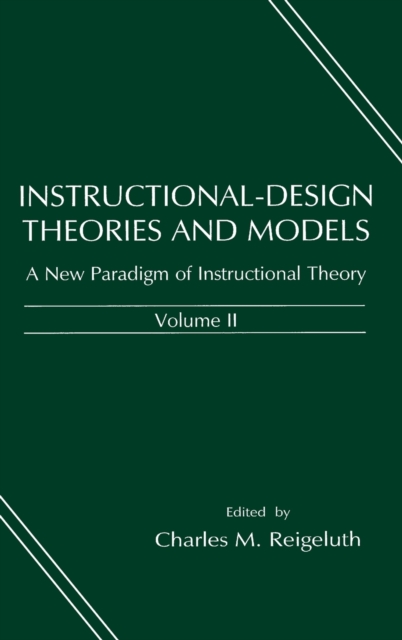Instructional-Design Theories and Models: A New Paradigm of Instructional Theory, Volume II

Instructional-Design Theories and Models: A New Paradigm of Instructional Theory, Volume II
*Chapter forewords, which summarize the major elements of the instructional-design theories, are useful for reviewing and comparing theories, as well as for previewing a theory to decide if it is of interest, and for developing a general schema that will make it easier to understand.
*Editor's notes provide additional help in understanding and comparing the theories and the new paradigm of instruction to which they belong.
*Units 2 and 4 have introductory chapter
PRP: 1674.00 Lei
Acesta este Pretul Recomandat de Producator. Pretul de vanzare al produsului este afisat mai jos.
1422.90Lei
1422.90Lei
1674.00 LeiLivrare in 2-4 saptamani
Descrierea produsului
*Chapter forewords, which summarize the major elements of the instructional-design theories, are useful for reviewing and comparing theories, as well as for previewing a theory to decide if it is of interest, and for developing a general schema that will make it easier to understand.
*Editor's notes provide additional help in understanding and comparing the theories and the new paradigm of instruction to which they belong.
*Units 2 and 4 have introductory chapter
Detaliile produsului











